First off, switch rods are essentially fly rods that have a front & rear grip that allows the rod to be cast like a spey rod (with two hands) or with one hand, like a traditional fly rod. Switch rods are smaller than spey rods, usually being 10 to 12 feet long & ranging in line weights of 4 to about 8 weight. There's a whole bunch of different ways to cast a switch rod & learning to use them is half the fun. They're also very good at swinging a wet fly (like a spey rod), but they can also be used to dead drift nymphs, streamers, etc. Because they're longer rods, the angler (once you get onto it) has more line control. This means that switch rods can be used in smaller water & places where you'd never consider using a spey rod. Because these rods are so versatile they can be used to fish for many different species of fish from large trout to salmon to bass & even for bone fish in salt water.
One suggestion that I do make to clients interested in switch rods concerns the rod's front grip. While the fore grip on these rods is, & should be, longer than "normal" fly rods, I feel most anglers would be happier with a standard shape to the the front grip. Many commercially made switch rods are offered with odd shaped fore grips that are, in my opinion, too long. The majority of anglers (especially those who are buying their first switch rod) seem to be happier with either a reverse-welles shaped grip or a straight grip that has a slight forward taper towards the rod tip. In that way you get the best of both worlds: the rod feels like a one handed rod when casting with one hand, & yet still feels like a two handed rod when fishing it that way. Having a familiar shaped front grip helps make these rods more comfortable & versatile, thus helping you get the most enjoyment out of fishing with it.
I have & do make custom switch rods for clients who request them. I make them only in graphite. This is because of both the harsher environs that switch rods tend to be used in & because there are some excellent graphite rod blanks out there designed specifically for switch rod use. I don't list them in my catalog yet, & I don't have a standard rod blank that I use for switch rods. Instead, I make switch rods on the specific blanks, from the specific manufacturers, that my clients request.
In the future (hopefully by early next year) I hope to have a standard blank on which I'll make these rods. In fact, I'll probably list them as their own category of rods in my catalog. Of course I'll still continue to make a rod on any specific manufacturer's rod blank model that you request as well.
Switch rods are growing in popularity among many fly anglers. If you fish with one in the proper setting & way it's easy to see why. If you have any thoughts or ideas about switch rods I'd enjoy hearing from you. Please contact me to discuss your custom switch rod.

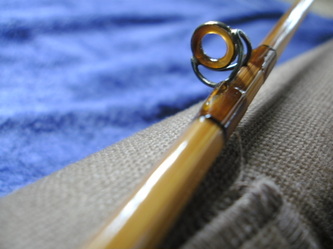
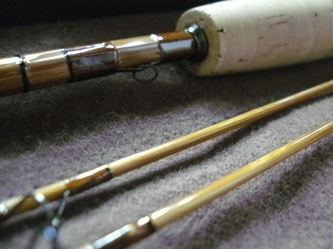
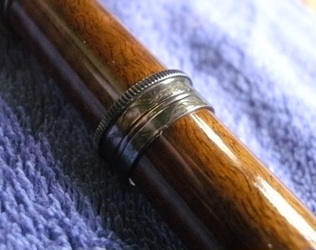
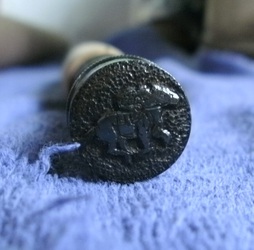
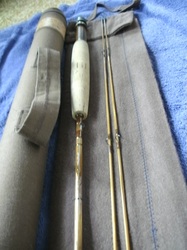
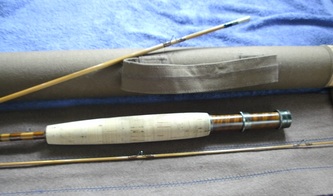
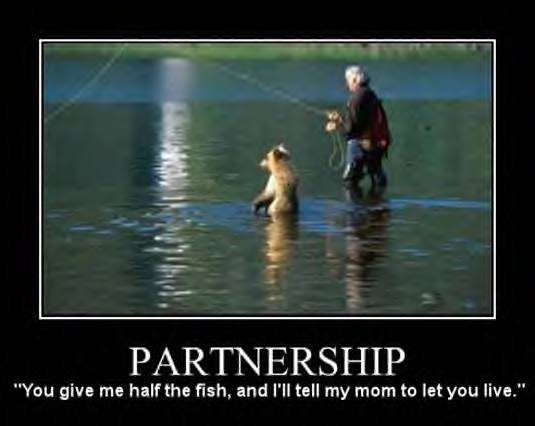
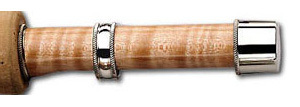
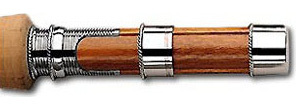
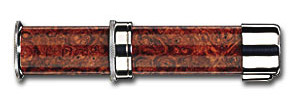
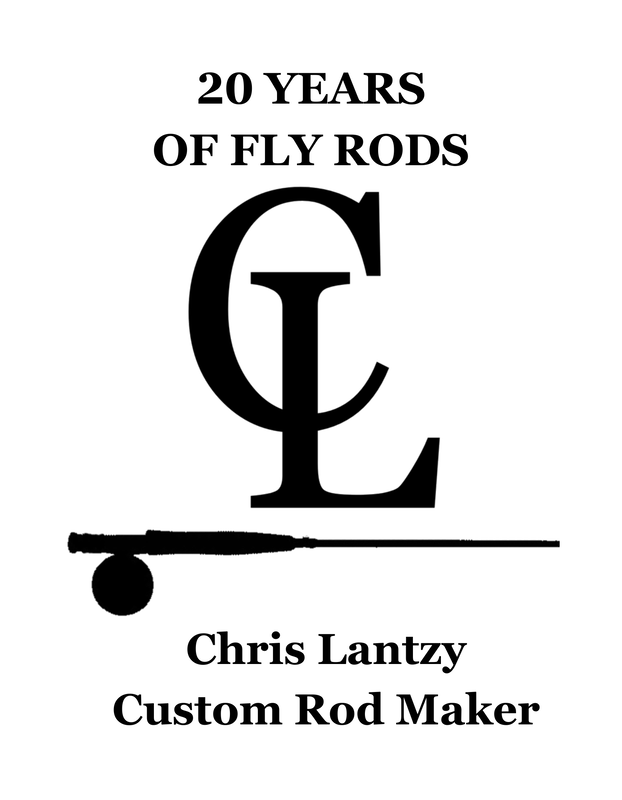
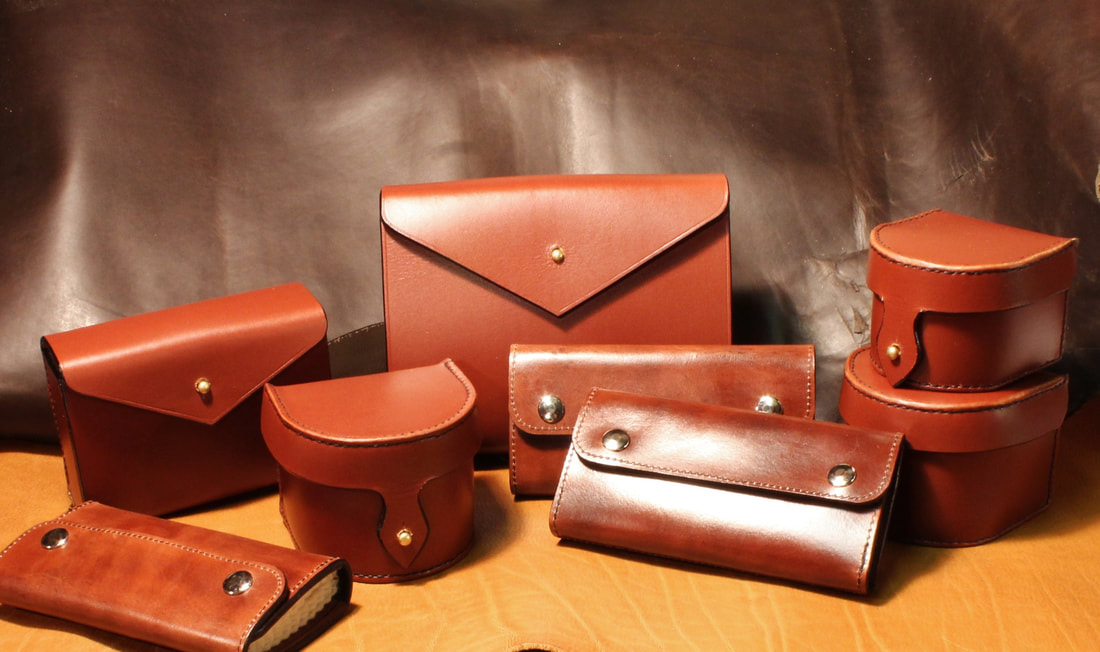

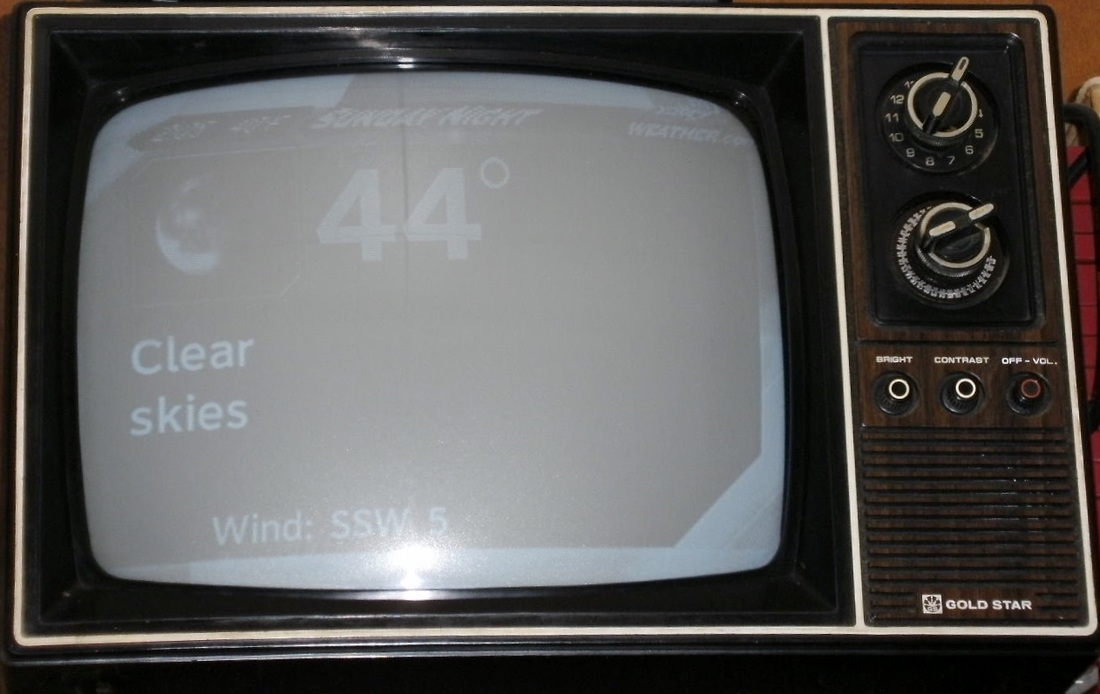
 RSS Feed
RSS Feed
